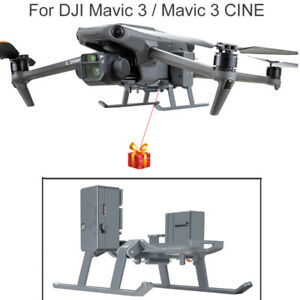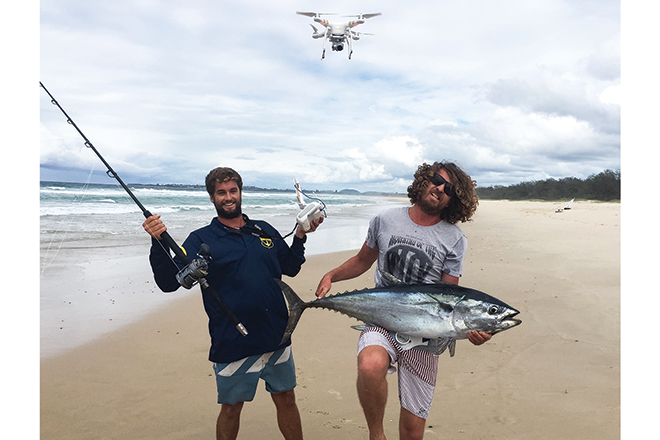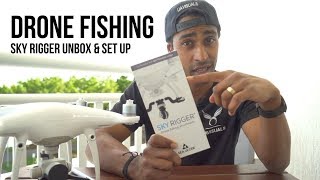
We'll be covering the basics of a drone-fishing rig in this article. We'll also cover what you need to be aware of when choosing your drone and how it will perform over time. After that, we'll look at some ways to get the most out of your drone. For more tips and tricks, read on. You will soon be able to fly the drone of your dreams. Let's begin !..., and maybe even catch a few fish.
Basic drone fishing gear
The first thing you will need to drone fish is a set of hooks. The fishing line should be doubled and should be mono or braid. The fishing line should be doubled and tied with a Cat's Paw Loop (or Uni knot). A sinker, weighing between two to eight ounces, and hooks to attach each section to the backbone will be required. Finally, you will need to attach the lead loop of a snap swivel and end loop of your drone.
You can make a fishing drone in many different ways. An easy way to make a fishing drone is to attach a hook onto the drone's landing gear. Then spin the line until the line is released. You can also use a dropper or drop line to keep the fishing line down below the drone. The dropper lets you keep the main line down below the drone and not get tangled with the propellers. You can add accessories to your fishing drones, such as a dock and a battery pack.
Once you've purchased the basic drone fishing rig, you'll need to purchase some additional equipment. You'll need a fishing line of approximately 700 meters and a bait-dropping tool. These are optional, but they will make drone fishing more fun. A good drone will allow you to see more of your surroundings and be able spot fish much easier.

Payload for drone fishing system
You need to know the safety precautions that must be taken if you plan to catch a fish with a drone. You should never fly your drone in strong winds or rain. Here are some suggestions:
First, ensure that your drone is strong enough to carry your weight. If you load it with heavy lures and braided line, it will not be stable. You should also be aware that the wind can cause the drone's drift if you fish at the coast. You should also check the local laws and regulations as some might not allow drone fishing. A drone with good carrying capacity is essential if you plan to fish from it.
Next, you need to decide which accessories will be needed to mount your drone. To reduce the weight distribution issues, it is a good idea to use a rigging system with a central attachment point. Motor struts or landing gear and the legs of the drone are all good options for attaching. Avoid attaching any payloads to the camera or gimbal as these could cause damage. A simple solution is to tie a length of fishing line from one corner to the other. Tape can be used to keep it from falling apart.
Battery life of drone fishing rig
Before you take off fishing with your drone, make sure to check all the gear and batteries. This will ensure that your drone doesn't run out of battery and allow you to concentrate on fishing rather than recharging. Some drones have solar panels or car batteries that allow you to charge them. Make sure your batteries are fully charged before you start. This will ensure your drone is ready for flight as soon as your reach your fishing spot.

The drone's flight time is another important aspect to consider. Some models have longer flight times than others, but a drone that can fly for twenty-two minutes can easily get the job done. This is great if your goal is to spend hours on water with your drone. Be aware, however, that a drone with limited endurance may not be able to fly and make it virtually impossible to catch fish.
Once you have set up the fishing rig and attached the fishing line clip or motor struts to it, Attach the bait to your fishing line. Make sure that you lock your reel before you fly your drone. Once you are ready, unlock it. As the drone drops the bait into the water, the tension will increase. It is important to charge your battery before each use or the drone may stop working properly.
FAQ
Which US states make drones legal?
Legally, you can operate a drone to perform hobby tasks. The Federal Aviation Administration (FAA) has set up guidelines that allow people to use small unmanned aircraft systems (UASs). These UASs must be registered with the FAA before they can be flown. If certain conditions are met, the FAA allows commercial operators to fly these UASs.
Can I fly my drone indoors without a license?
You can fly your drone indoors. There are only a few things you need to do: Make sure your home is free of obstacles and hazards. For example, you should avoid flying near windows, doors, heating vents, air conditioning units, electrical outlets, water pipes, and fireplaces.
What drone is the best for beginners?
The DJI Phantom 2 Vision+ is one of the popular beginner drones available today. The 4K camera on this model allows you to take stunning aerial photos and videos. The drone's GPS system allows you to navigate easily.
Do I need any special training to fly drones?
No, you don’t have to learn any special skills in order for your drone to fly. You only need a remote controller unit and basic knowledge about flight mechanics.
Is it a crime to fly drones?
Yes, flying drones in certain countries is illegal, such as Australia and Canada, Germany, Japan. New Zealand. Singapore. South Korea. It is legal to fly drones in other countries like France.
What is the difference between a quadcopter and a hexacopter?
Quadcopters are four-rotor helicopters that fly like traditional helicopters. It is equipped with four rotors, each of which can rotate independently. The hexacopter looks similar to a quadcopter, but it has six rotors rather than four. Hexacopters are more stable and maneuverable than quadcopters.
Statistics
- According to the multiple listing service (MLS), houses and apartments with drone photographs are up to 68 percent more likely to sell than those without pictures. (thedroneu.com)
- With the top 10% making over $100/h and the bottom 10% making as low as $10/h. (dronesgator.com)
- According to industry research from ZipRecruiter , there are 10 cities where the typical salary for a Drone Pilot job is above the national average. (dronesgator.com)
External Links
How To
How to Fly Drones at a Beginning Level
A drone is an unmanned aerial vehicle that can be remotely controlled and used for surveillance, aerial photography, film production, research, and other hobby purposes. Drone technology has existed since World War II. DJI introduced their Phantom series of quadcopters in 2010, but commercial use only began in 2010. There have been many drones made since then. These range from beginner-friendly drones like Parrot AR Drone 2.0 to more advanced multi-rotor craft like DJI Mavic Pro.
You can fly a drone in many different ways, including:
-
Remote control: This uses a remote control device that attaches to your hand and allows you control the drone along its flight path. There are two main types: Joysticks (like a radio), and On/Off switches (like an alarm clock).
-
Manual Control – This method lets users remotely control the drone by using a smartphone app. Follow the instructions of the app to track the exact location you want the drone go.
-
Autonomous Flight - This method involves leaving the piloting duties to the drone itself. The drone is able to fly autonomously, without the need for human intervention. It must have a builtin camera, sensors capable of taking images and data to enable autonomous flight.
-
Triggered Flying - This method works in the same way as manual control. However, the pilot has to manually set up a route for the drone and it follows that route until reaching the endpoint. Once the programmed route is completed, the drone lands automatically and returns back to the base.
-
Landing Gear – A few drones come with landing gear. This allows them land safely in the event of losing power or running out of battery.
-
Goggles – Pilots often wear goggles while flying to keep themselves safe from any debris.
-
Camera - You can capture photos and videos with your drone from the air.
-
Obstacles – Some drones have obstacle avoidance systems that stop them from colliding with obstacles.
-
Speed - Drones can reach speeds up to 40 mph.
-
Battery Life – Most drones will last 20 minutes to three hours depending on how powerful they are.
-
Range - Depending on the model, some drones can travel up to 30 miles away.
-
Power source: Some drones will require an external power source while others can be powered by internal batteries.
-
Weight - Some drones weigh less than 1 pound, whereas other models weigh up to 4 pounds.
-
Size - From small drones that can be carried in the palm of one's hand to larger drones that weigh over 50 pounds, drones come in a variety of sizes.
-
Price – All drones fall into a price category. These range from expensive models that cost thousands to affordable options that start at 100 dollars.